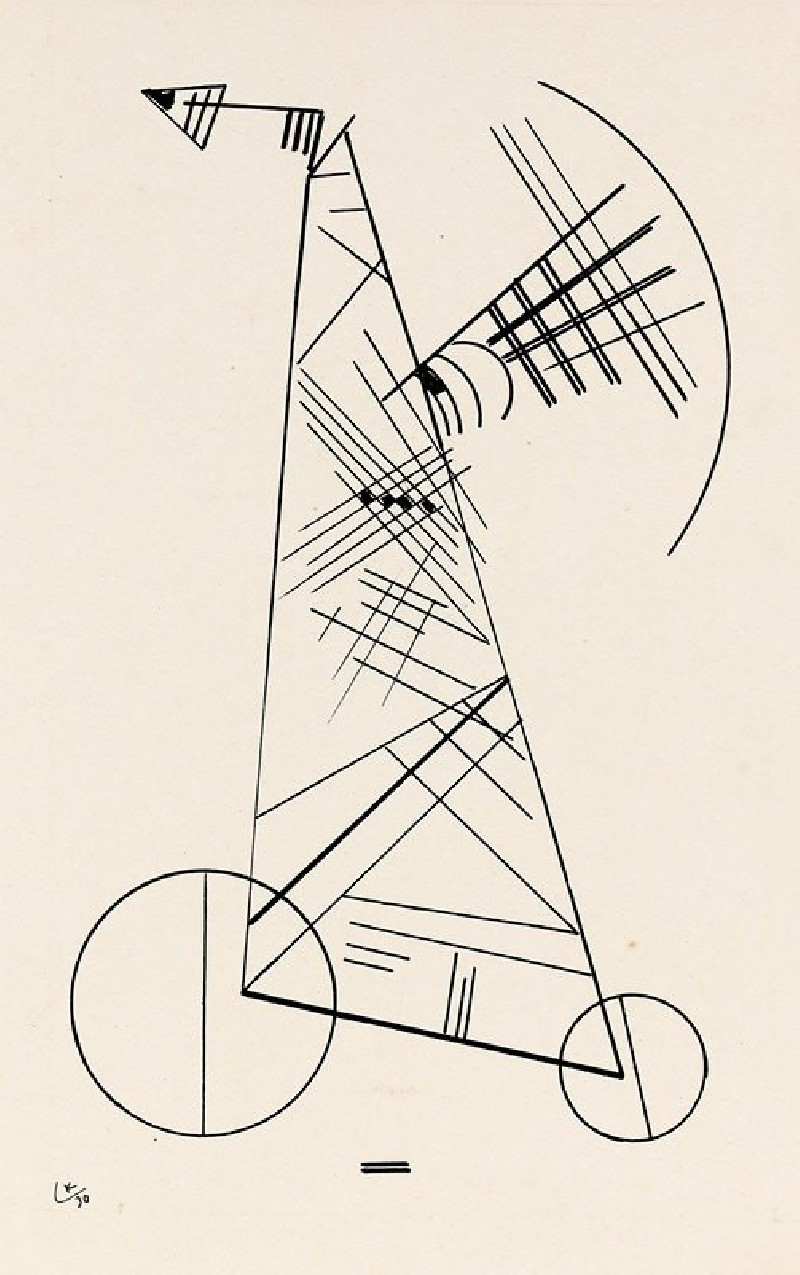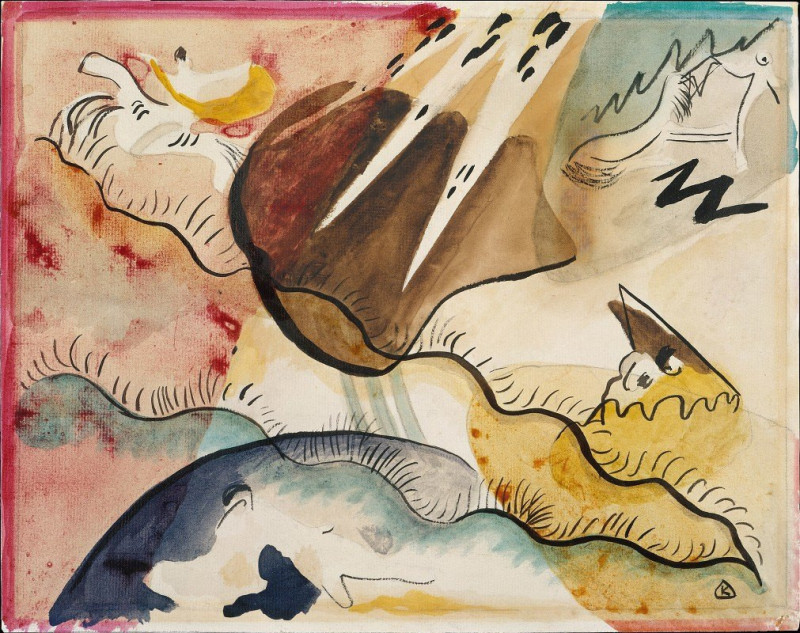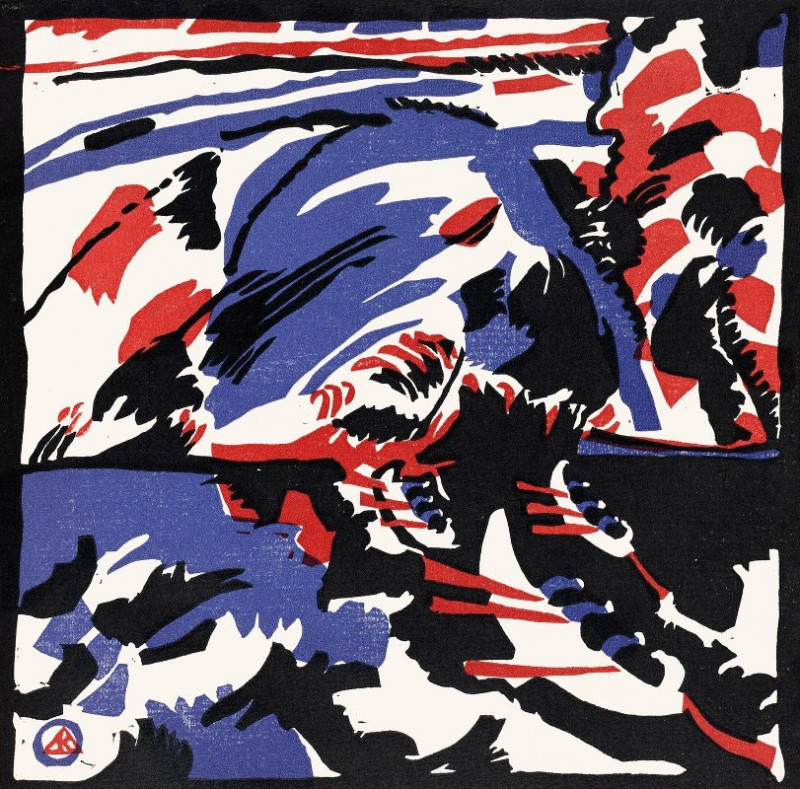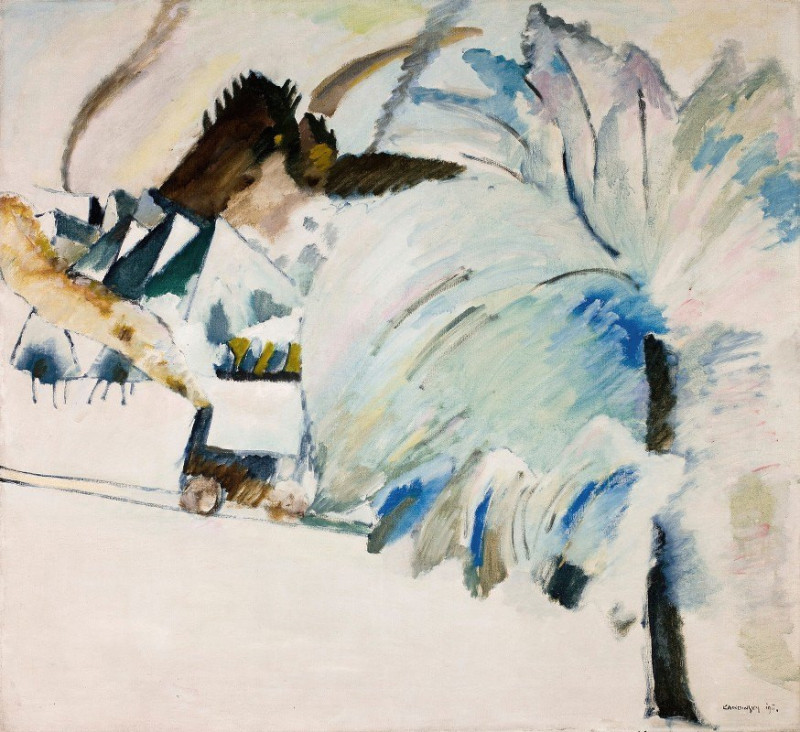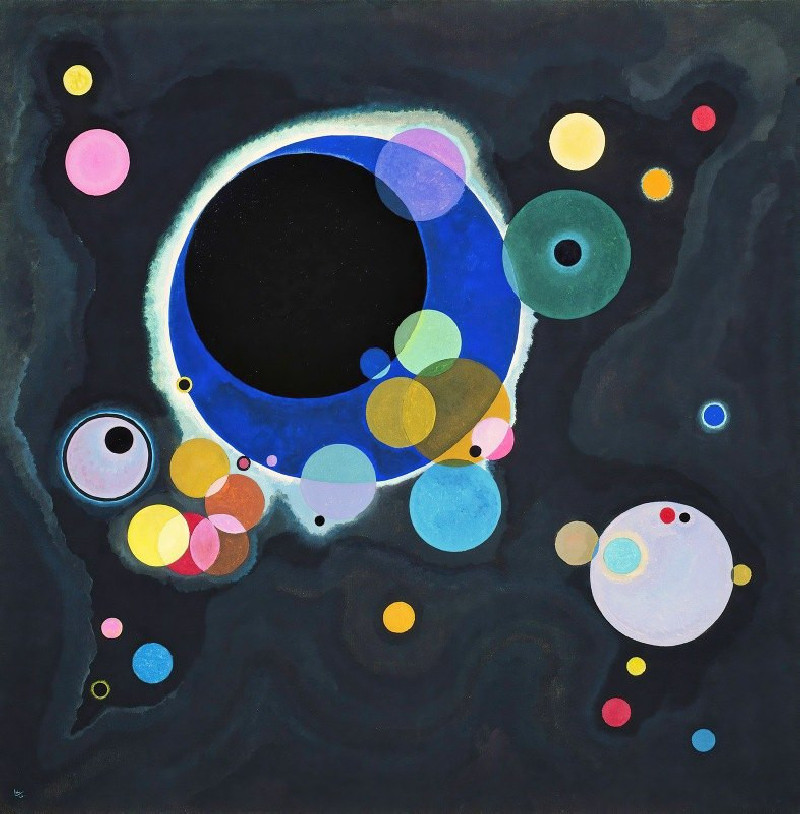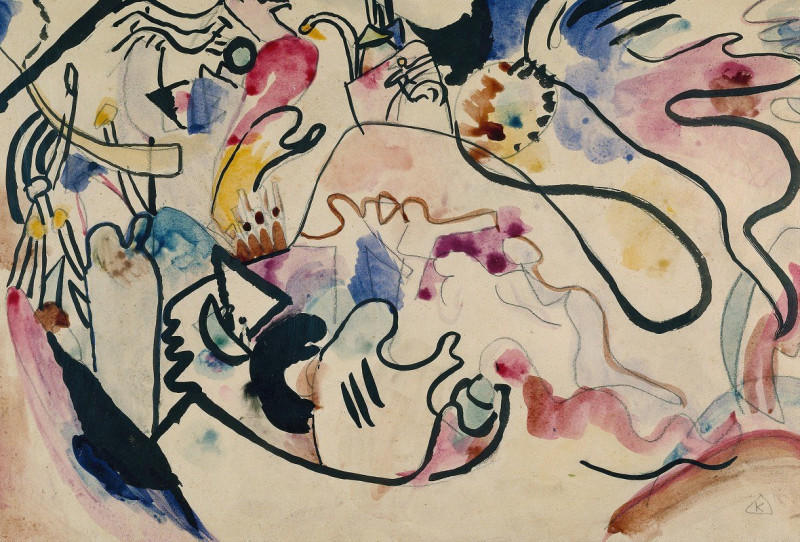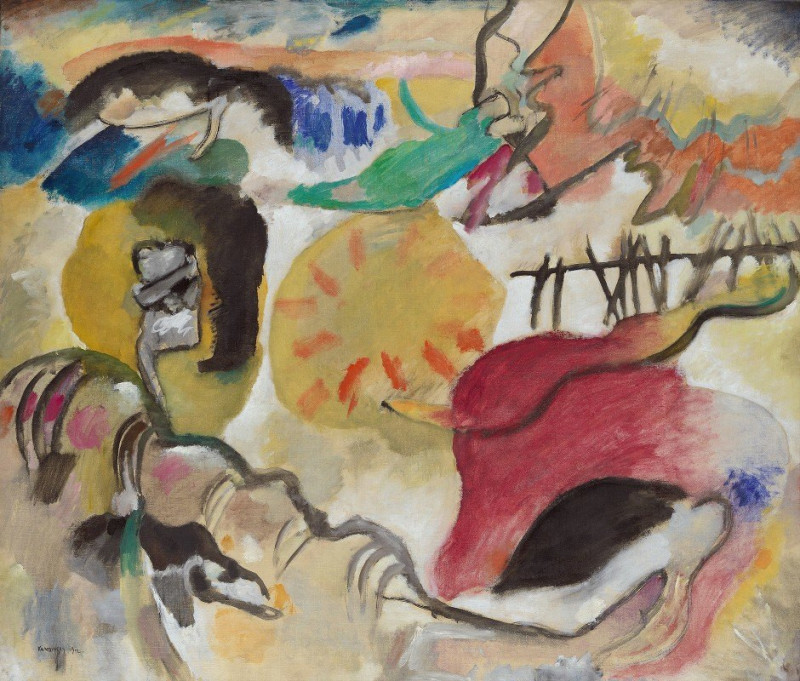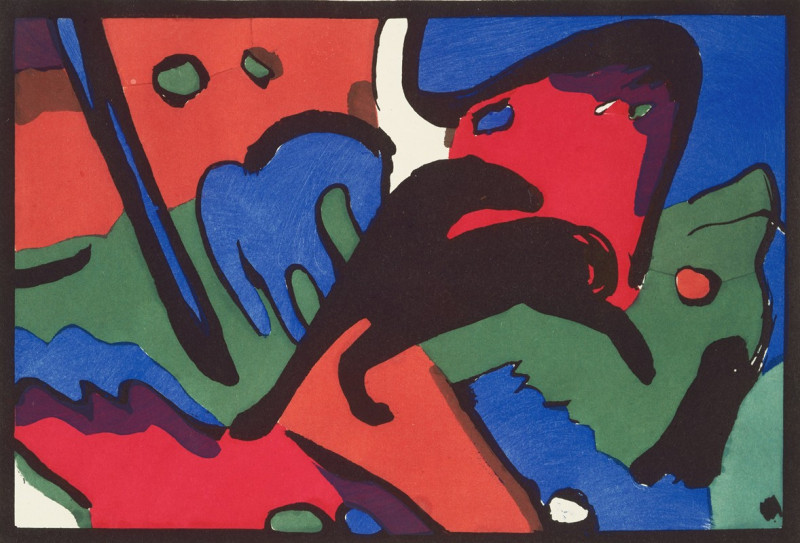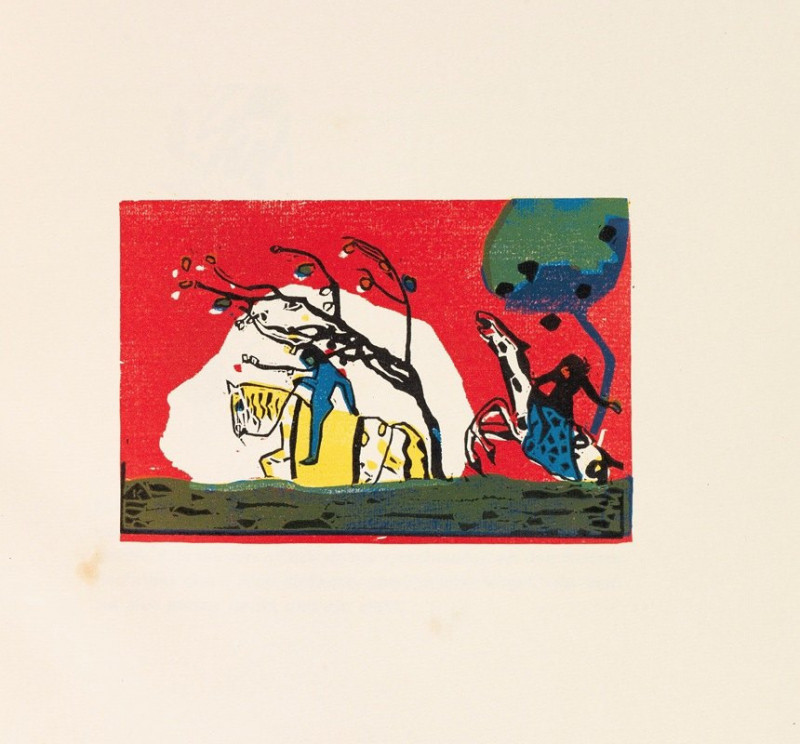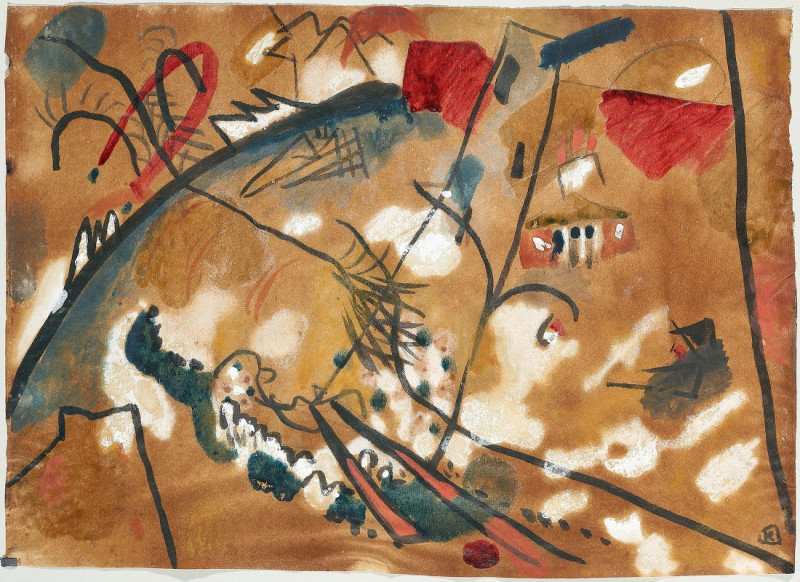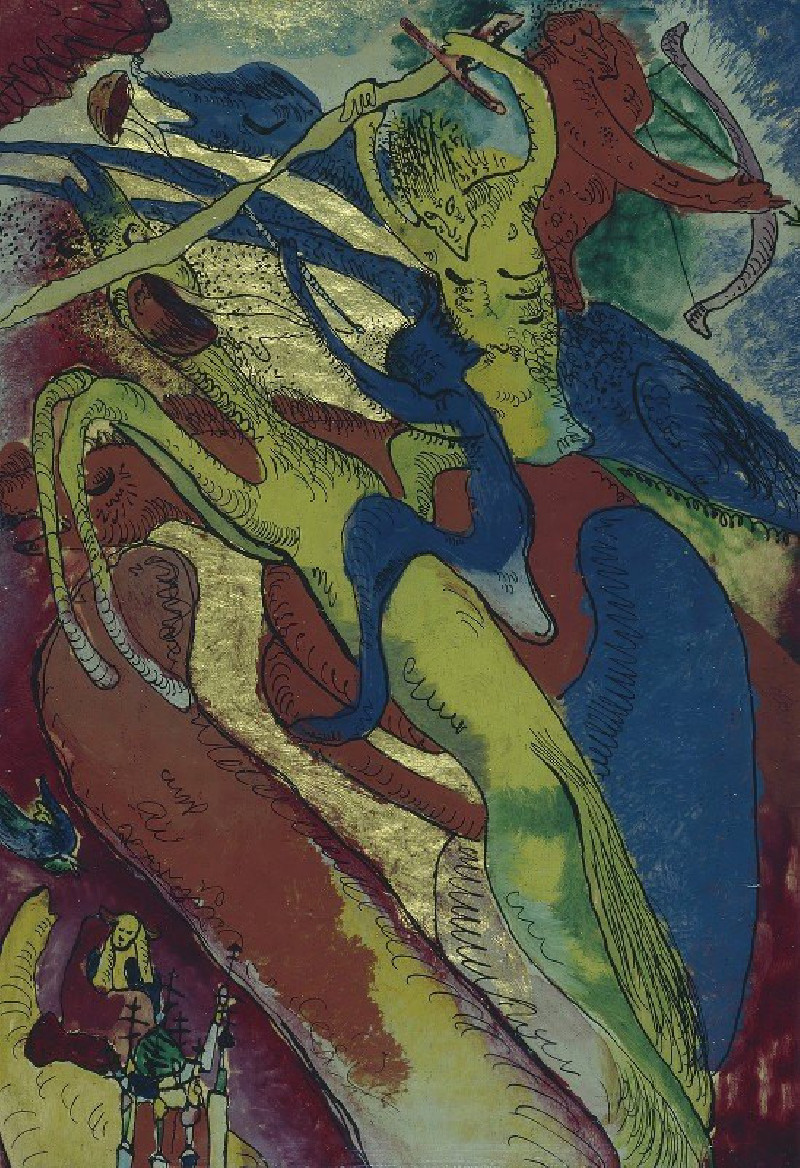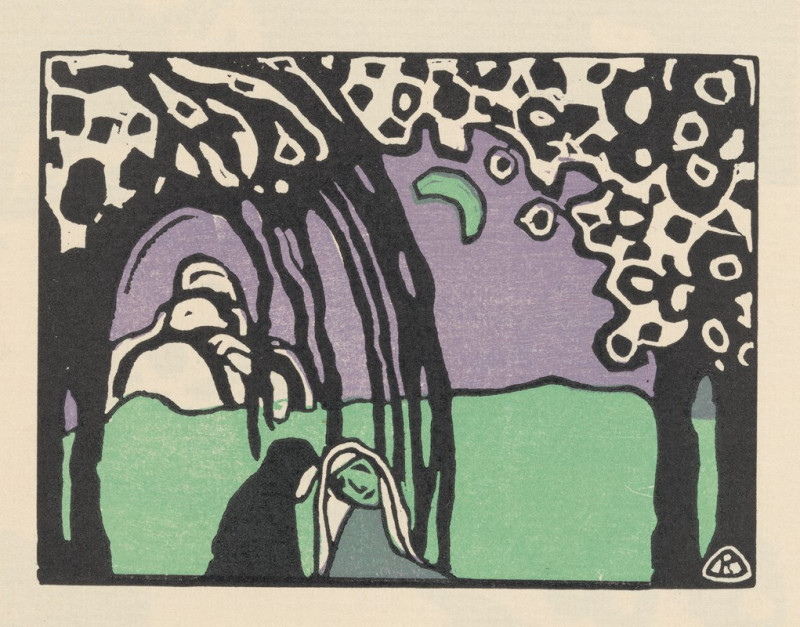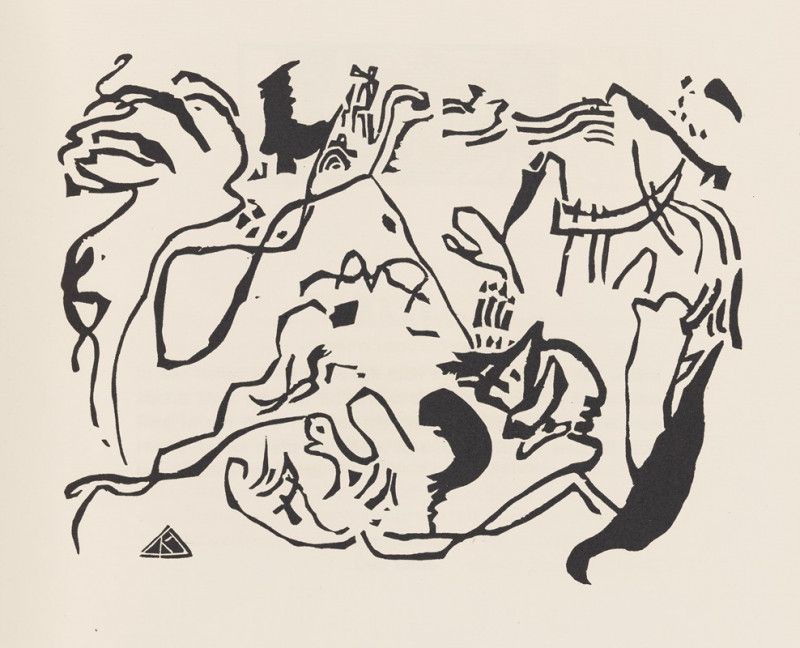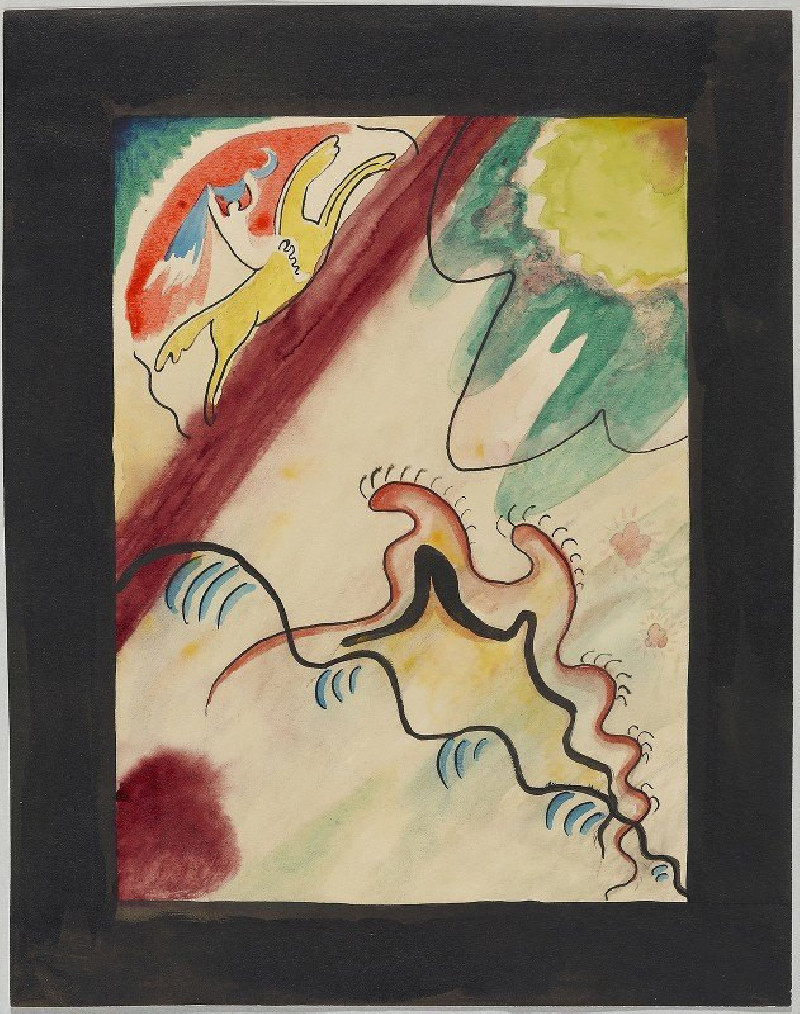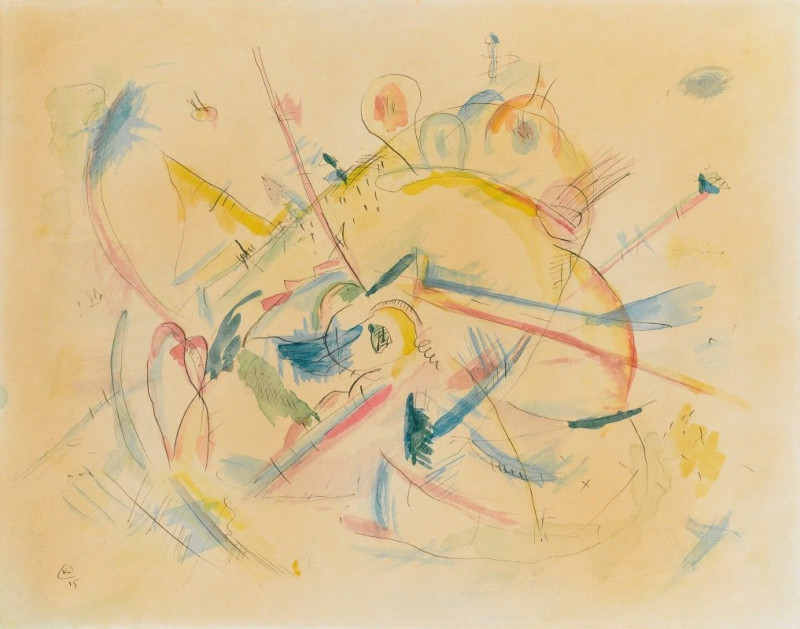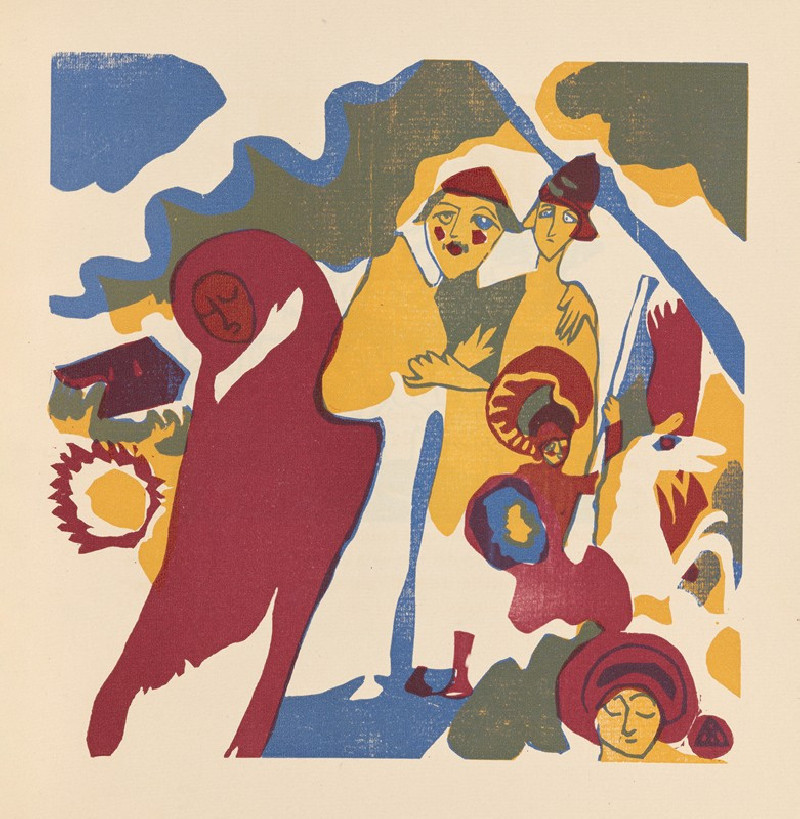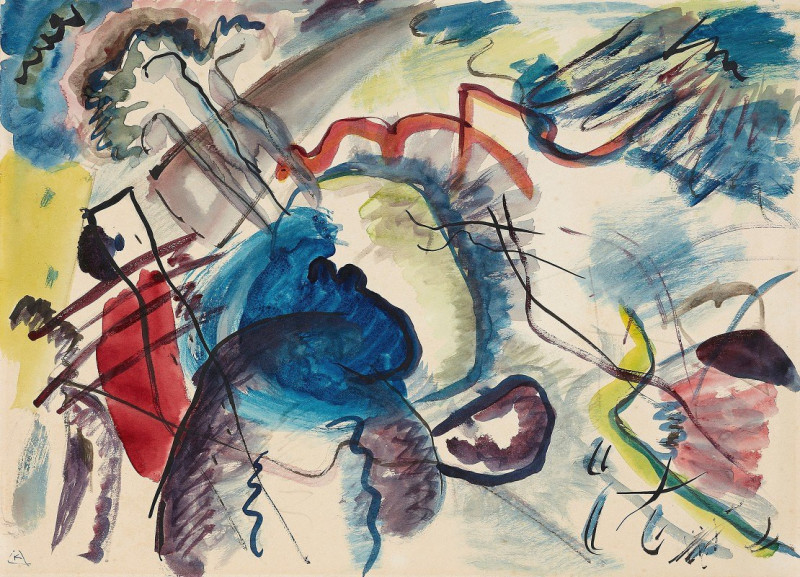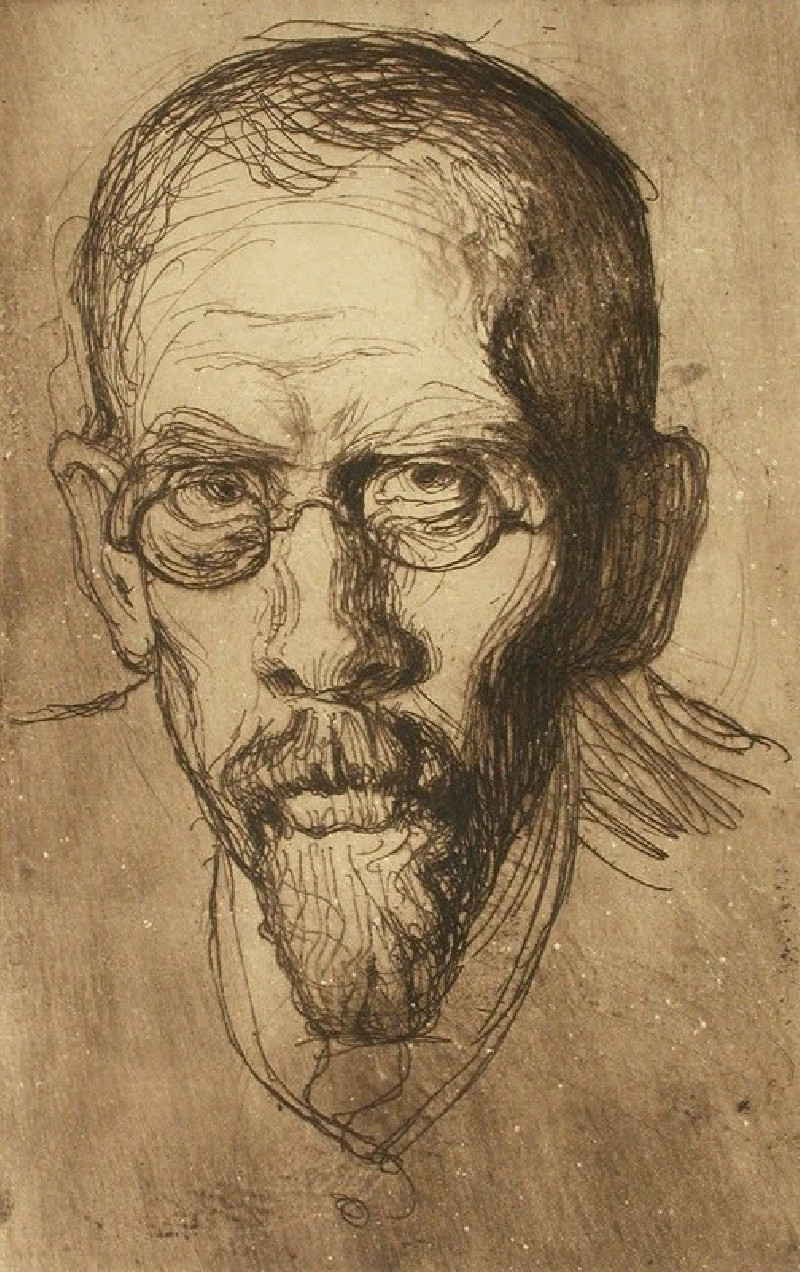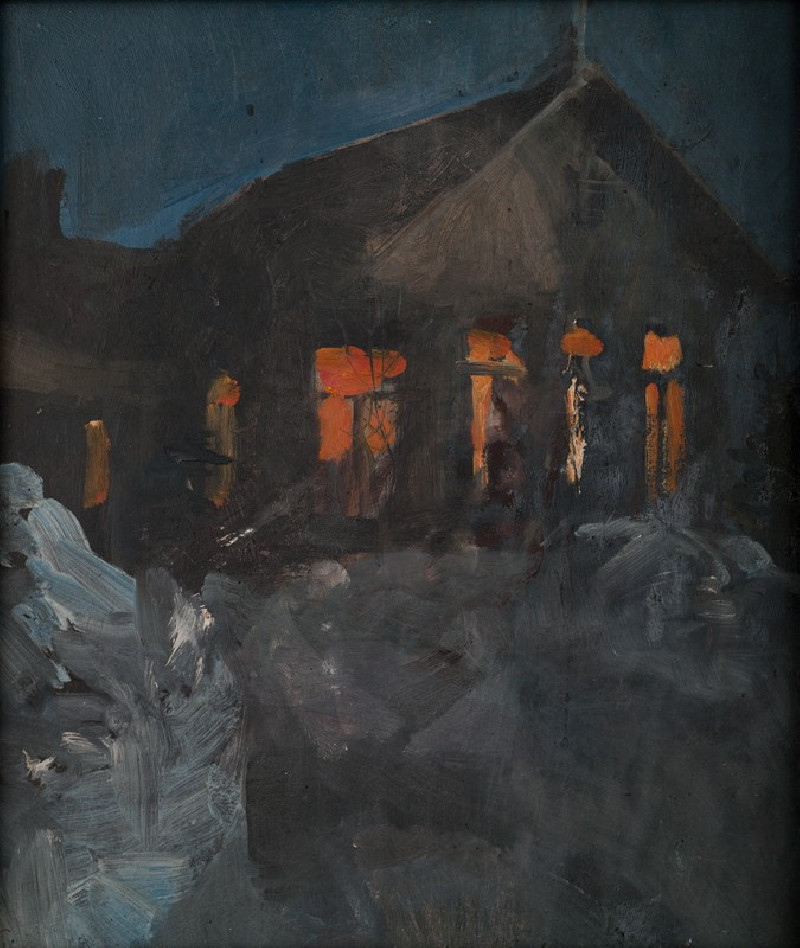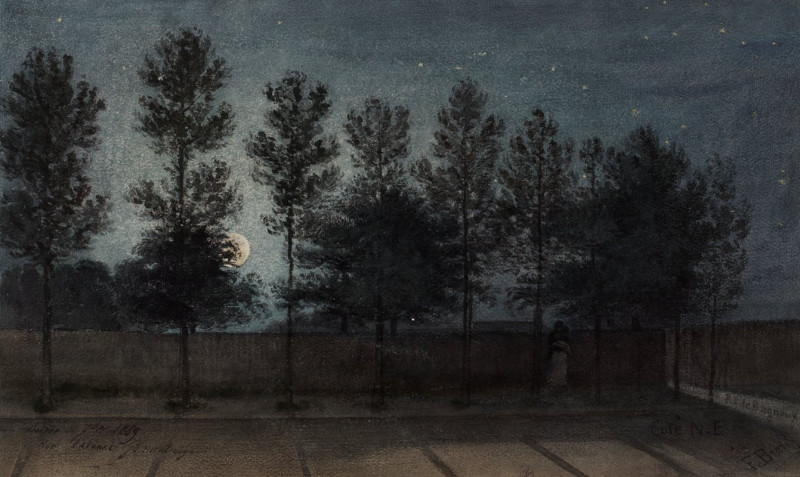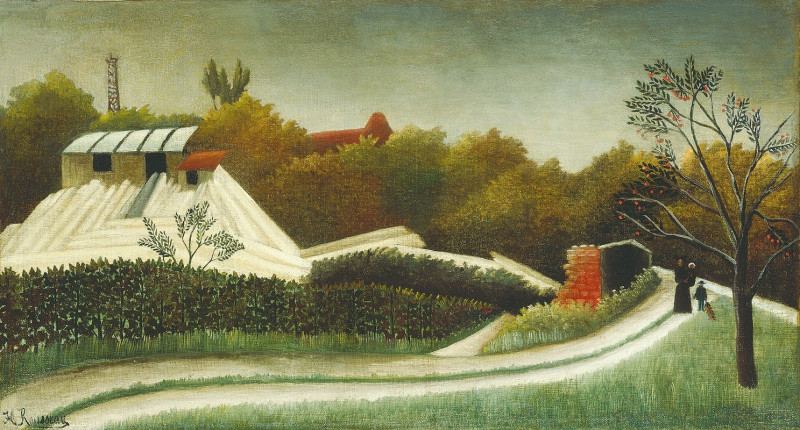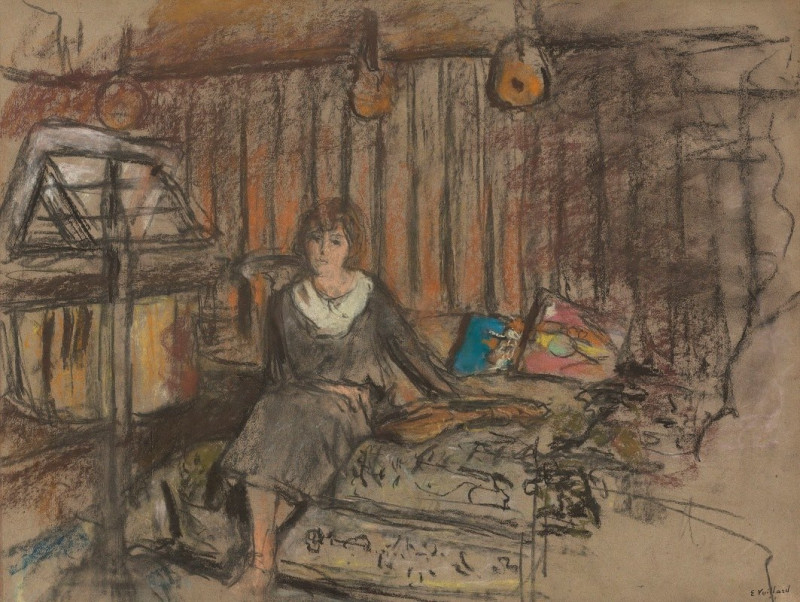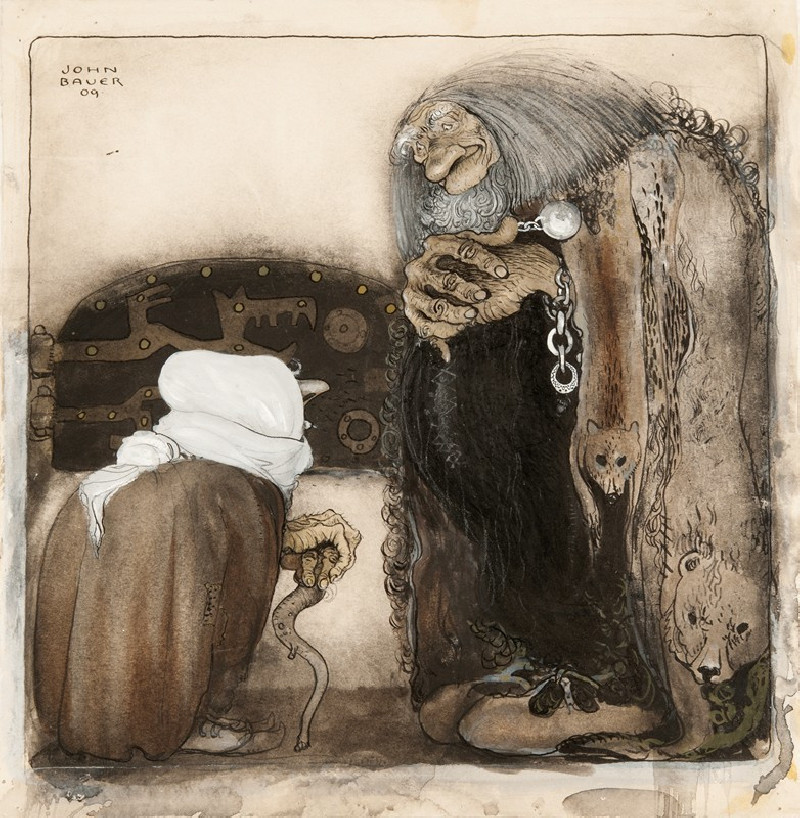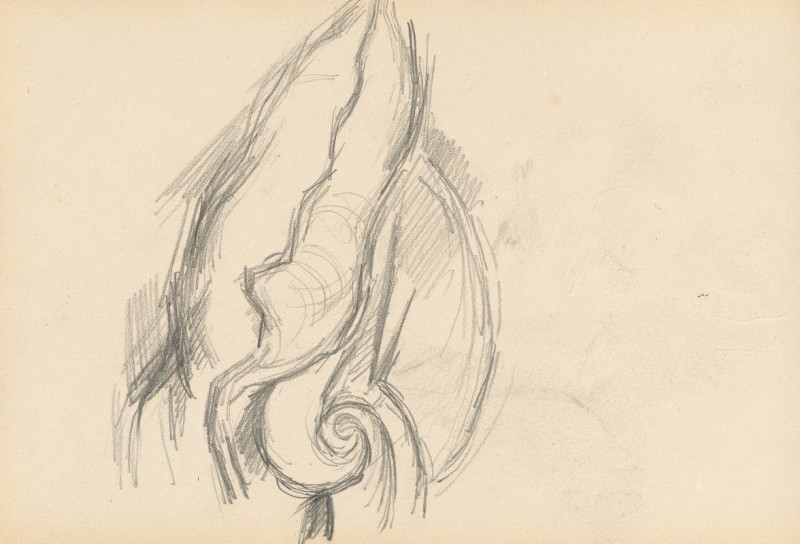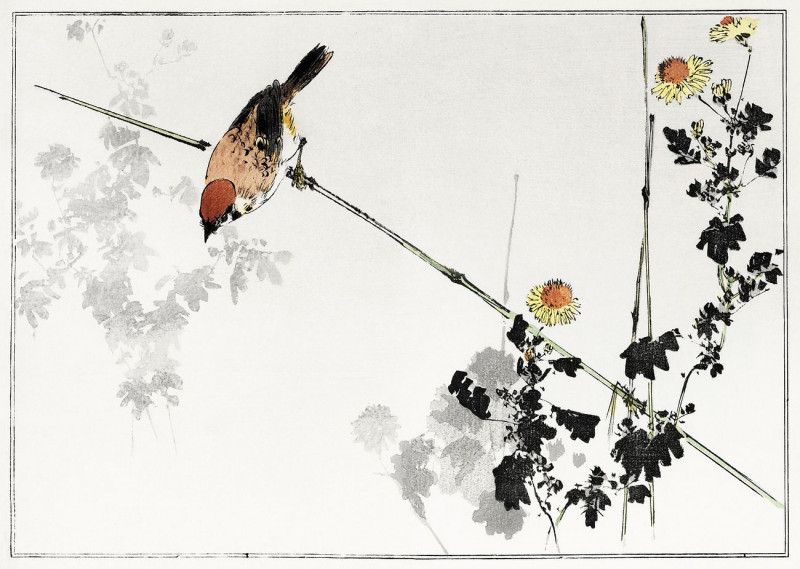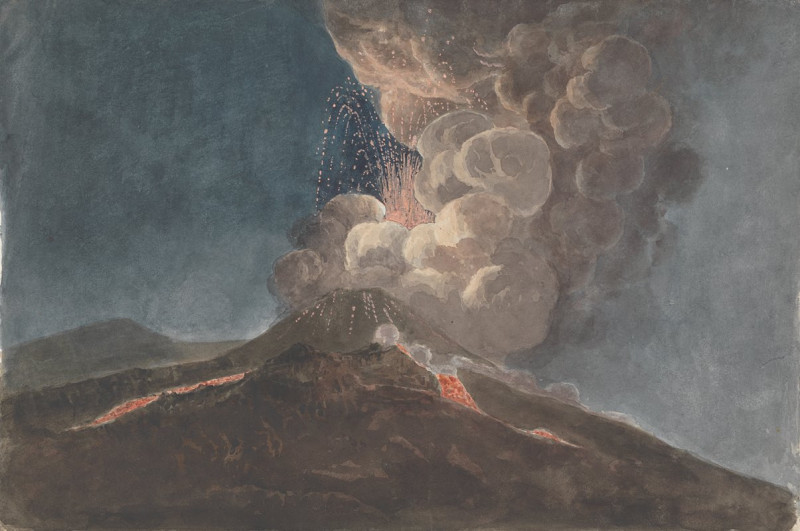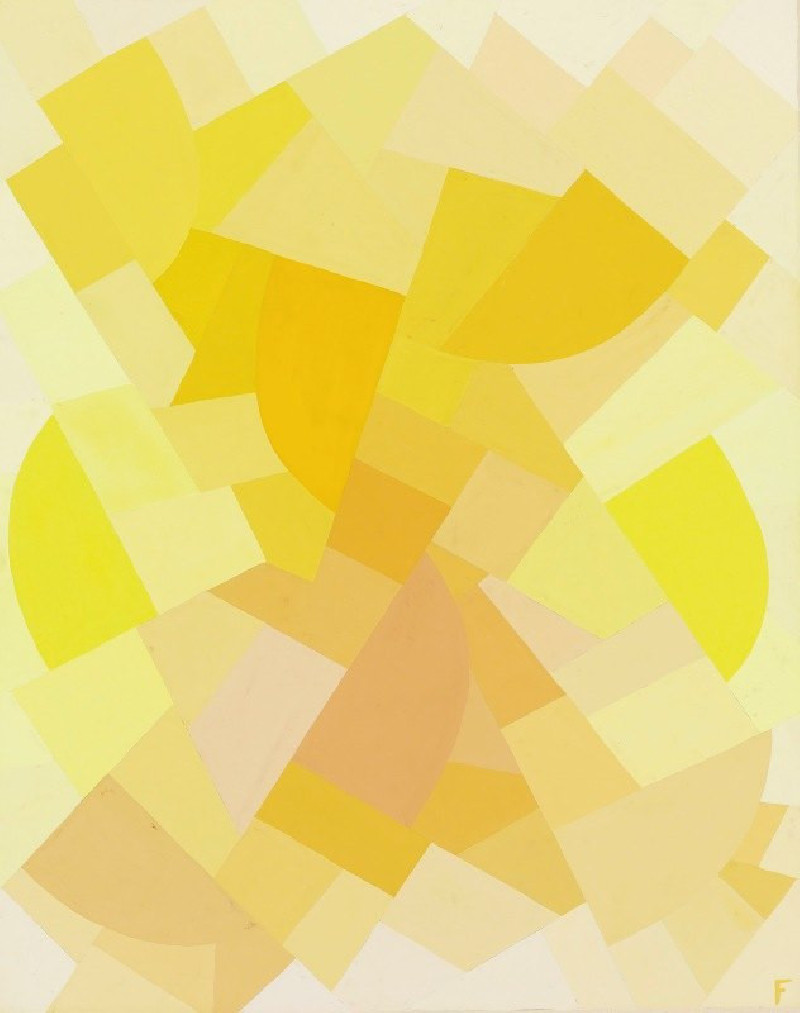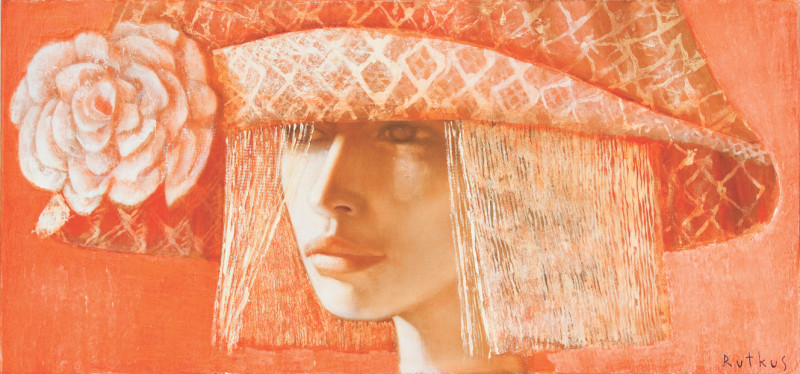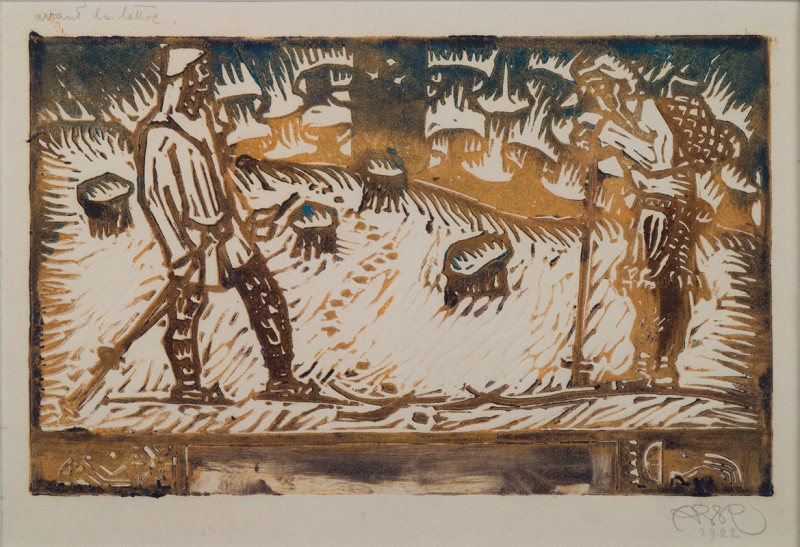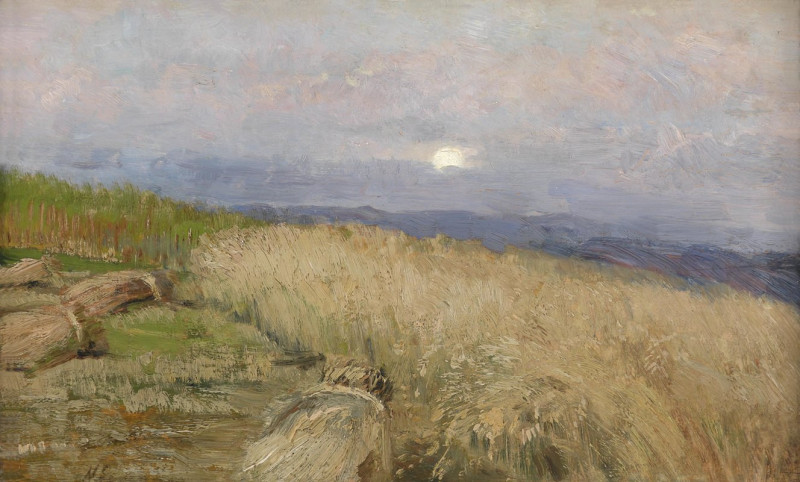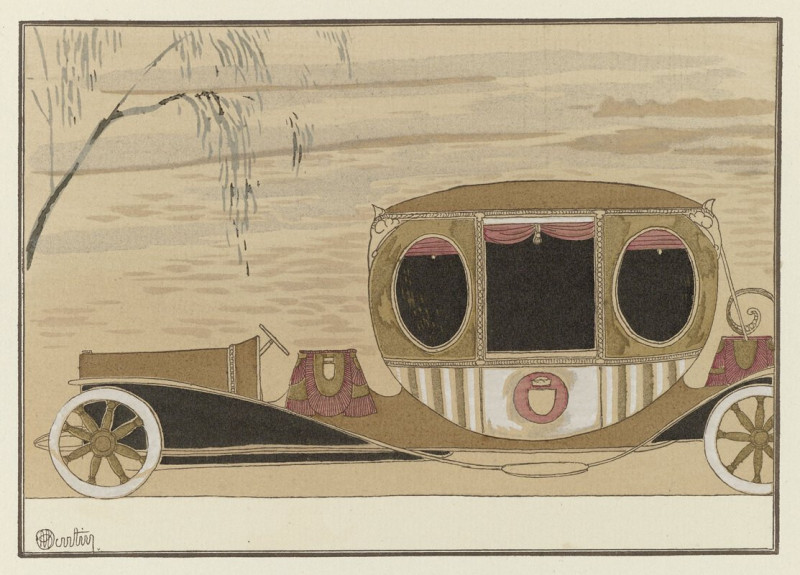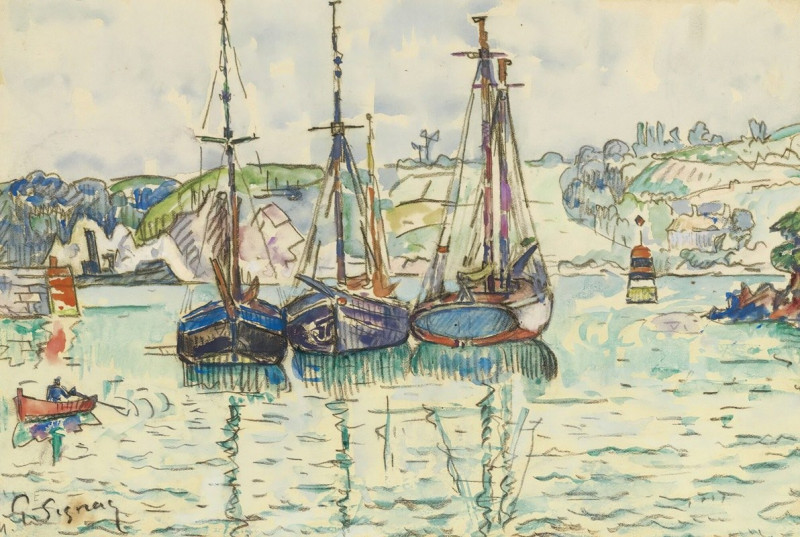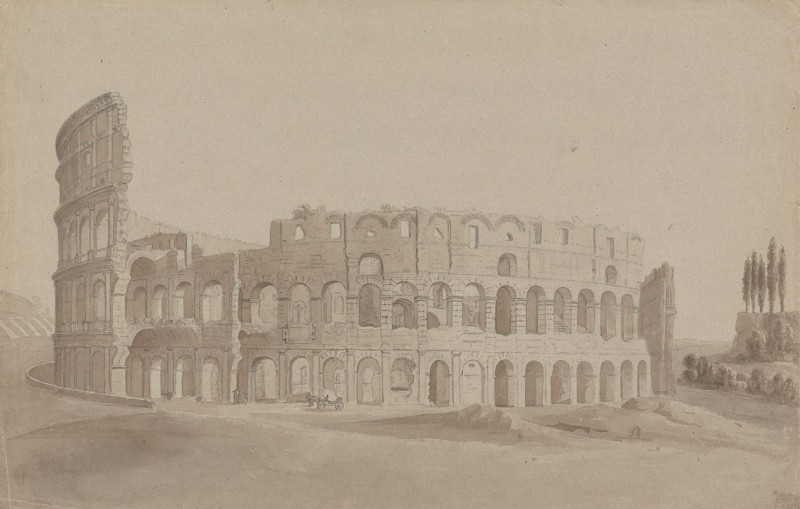Klänge Pl.12 (1913)
Technique: Giclée quality print
Recommended by our customers
More about this artwork
This striking image from Wassily Kandinsky's "Klänge" series, which translates to "Sounds," presents a vivid example of his early exploration into abstraction and expressionism. This painting, specifically titled "Pl.12" from the year 1913, showcases Kandinsky's move away from representational imagery towards a creation of visual rhythms and moods that resemble musical compositions.In this piece, you can see a dynamic application of bold colors—red, blue, black, and white—laid out in sweeping, swirling forms that create a sense of movement and intensity. The composition lacks recognizable figures or objects, instead offering abstract forms that interact in a vibrant, almost chaotic manner. Each color and shape seems to pulse with its own energy, possibly representing different sounds or emotions, a concept Kandinsky was deeply interested in, believing that colors and shapes could evoke specific responses akin to the effects of music.The overall mood is energetic and tumultuous, reflecting perhaps a symphonic or orchestral surge where different instruments meet in a crescendo. There appears to be a deliberate balance in the painting’s composition, despite the visual turmoil, suggesting a harmony amidst the chaos—a typical feature of Kandinsky's works that aligns with his theories on spirituality and art.Noticeably, there is a symbol in the lower left corner of the composition, which appears as a red circle overlaid with a blue mark, resembling Kandinsky’s monogram.
Delivery
Returns
Wassily Wassilyevich Kandinsky was a Russian painter and art theorist. Kandinsky is generally credited as the pioneer of abstract art. Born in Moscow, Kandinsky spent his childhood in Odessa, where he graduated at Grekov Odessa Art school. He enrolled at the University of Moscow, studying law and economics. Successful in his profession—he was offered a professorship (chair of Roman Law) at the University of Dorpat today Tartu, Estonia)—Kandinsky began painting studies (life-drawing, sketching and anatomy) at the age of 30.



